IN October, my friend Jean-Claude and I went to visit an area that the French call la Vallée des Merveilles, the Valley of Marvels.
Google Maps calls it the Valley of Wonders. Whatever you call it, the valley is in the far southeast of France, inland from the Riviera and just west of Mont Bégo, an ancient name meaning the abode of the gods.

The Valley of Marvels is high up in the mountains. During the last ice age, it was covered in ice. The rocks were scraped flat, making them into natural targets for an early form of graffiti.
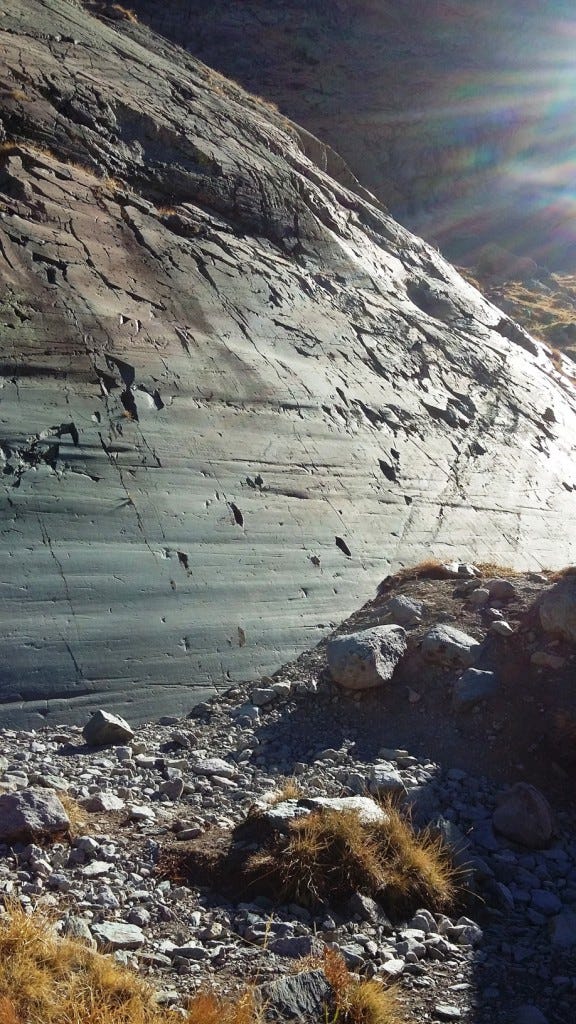
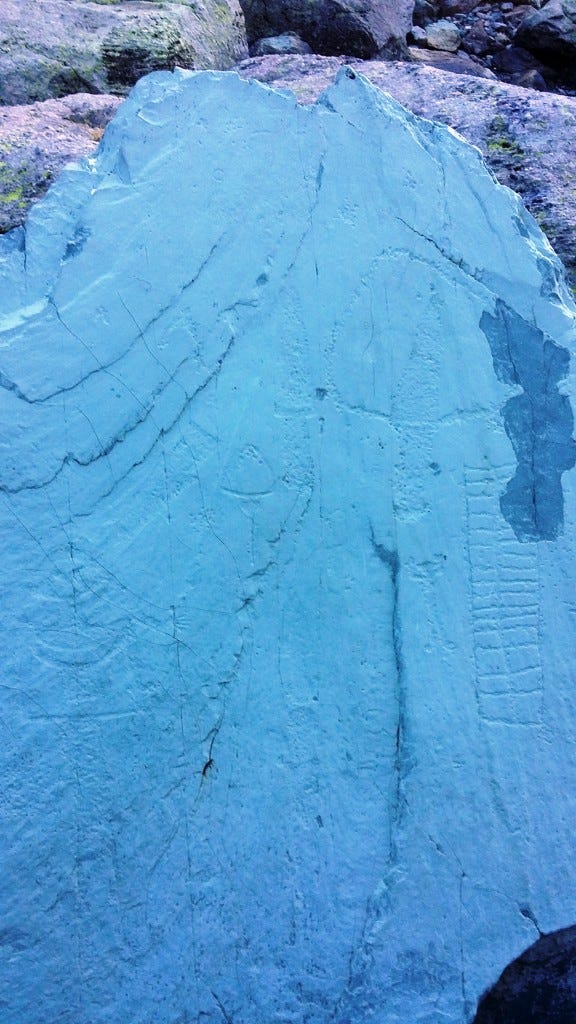
Some four thousand years ago, people who were probably related to the Celts carved tens of thousands of images, called petroglyphs, onto the rock faces. The images resemble sketch drawings and were made by hitting the rock face to carve shallow lines, between half a millimetre and five millimetres deep.
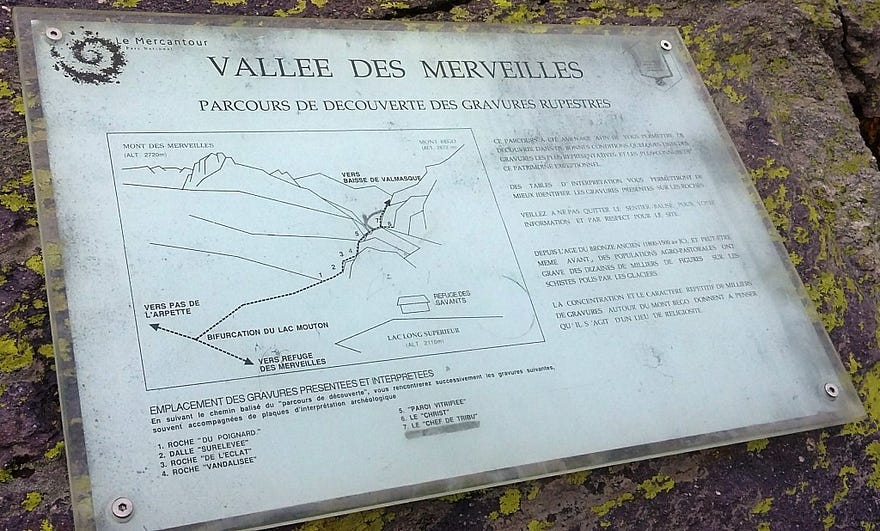
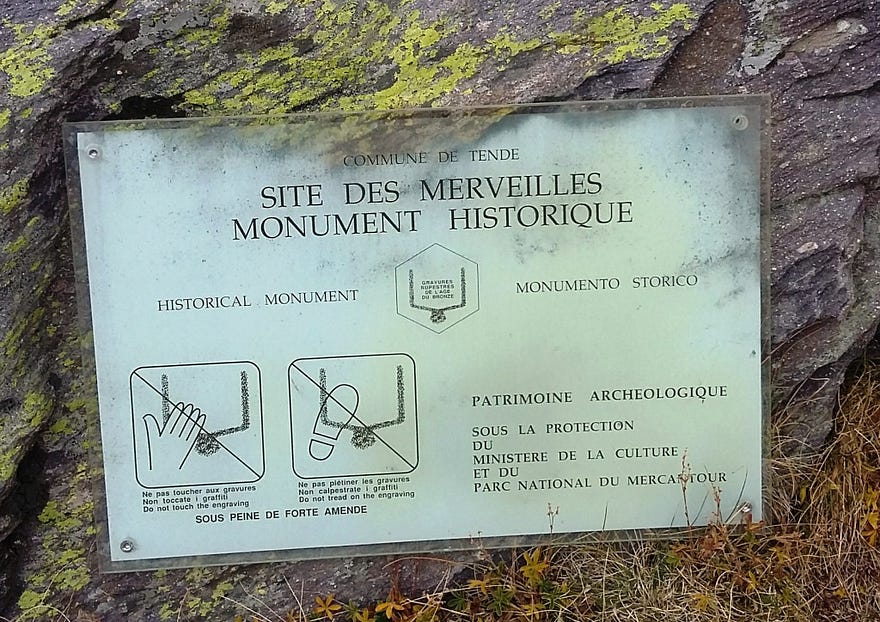
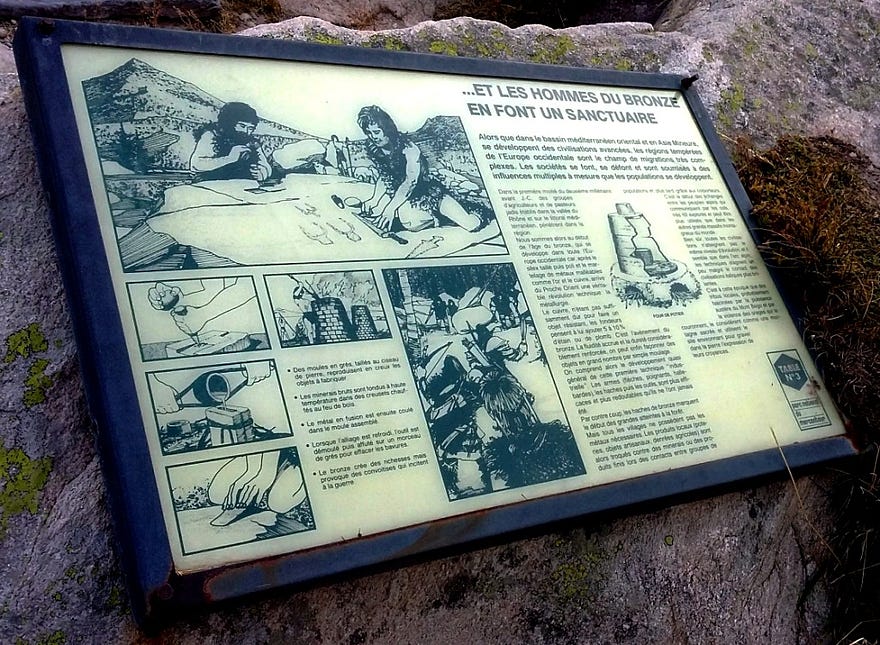
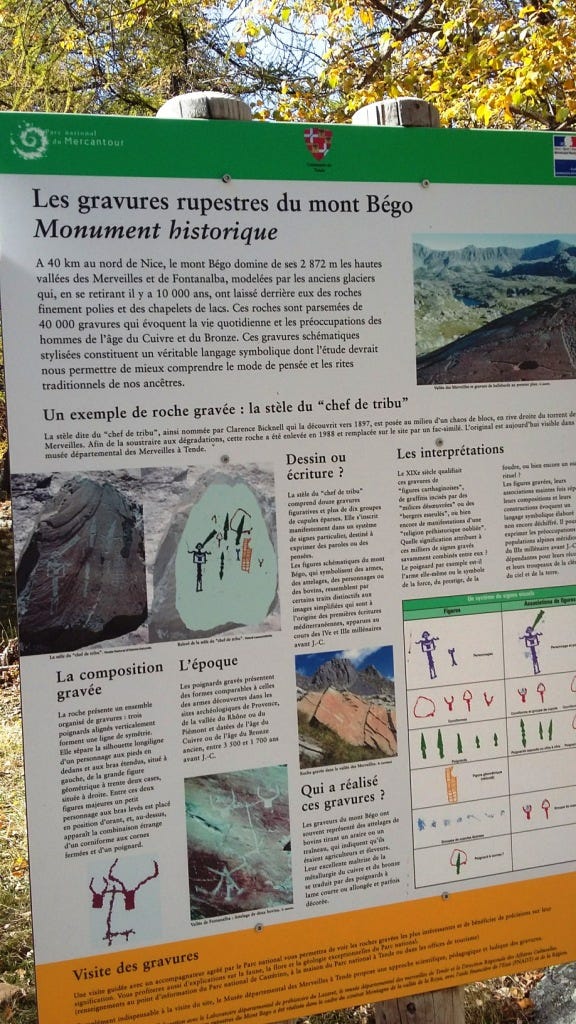
The name Valley of Marvels does not refer to these rock drawings but to the region’s mountain thunderstorms, called merveilles or wonders by French people in later, Christian times. The word reflects an ancient view of thunderstorms as supernatural.

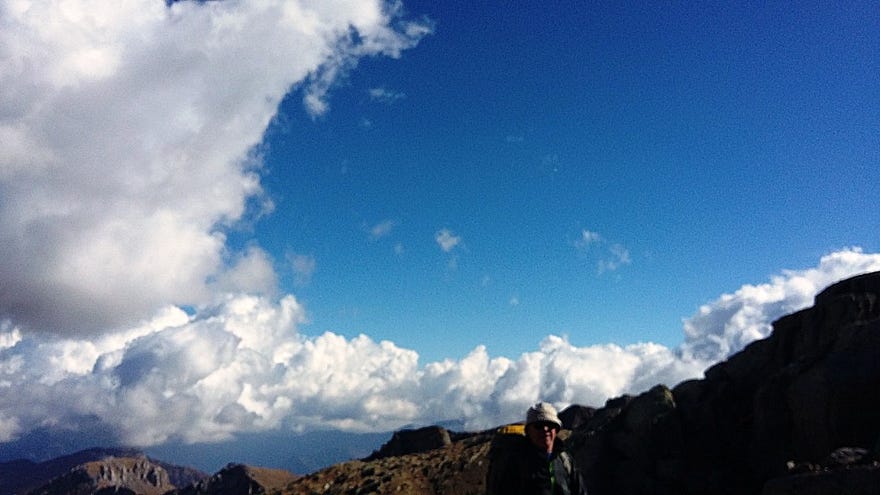
It’s thought that the rock carvers lived on the modern-day Riviera, and made pilgrimages up to the valley to carve images which were mainly in honour of a thunder god. Others seem to have been carved in honour of a bull-god, a familiar Mediterranean motif. Many of the carvings depict figures with horns on their heads.
In the Middle Ages these were mistaken for images of the Devil, and the area was shunned. In fact, the valley is pretty spooky at the best of times. So, you can only imagine what the Mediaeval mind would have made of it.
The valley is accessible only on foot, and lies fairly deep inside the Mercantour National Park. It is regulated by an archaeological agency, and tents have to be taken down by 7 am. We drove to a carpark at a tiny hydro lake called the Lac des Mesches and hiked westward toward the valley. We made camp after only three hours, which was a mistake because it meant we had to hike for twelve hours the next day.



To make matters worse, all our best food was stolen in the night by a French fox. We left the food outside the inner part of the tent because we thought the place was so barren that nothing would happen to it. In the morning it was gone. We know a fox was responsible because it left fox poo in exchange for our salami and cheese. All we were left with was gluten-free rice crackers!
Talking about the Valley of Marvels and its naughty fox
During our twelve-hour hike we climbed two mountains that were each 2,800 metres high. The valley itself is at an altitude of roughly 2,400 metres.
On a nearby lake stands the Refuge des Merveilles, a massive stone hostel with solar power and hot water. We also saw a warden’s hut, and a curious fort set into a cliff, which was probably built by the Italians in the days of Mussolini (from 1861 until 1947 the Valley of Marvels was divided between France and Italy, but became completely French thereafter.)



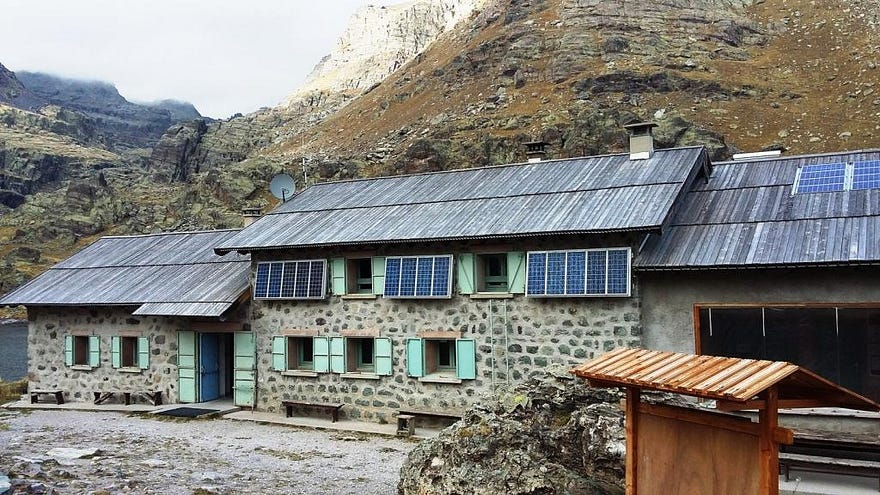
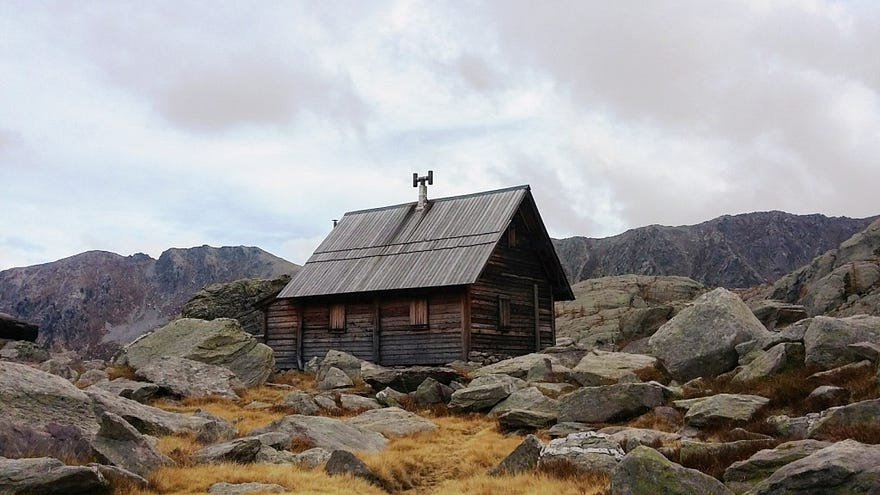


We had our photo taken next to a particularly famous rock carving called “Le Christ,” because it superficially resembles an image of Jesus. It probably pre-dates Jesus, however, by about as far as Jesus predates us. Which is something to think about.


After the Middle Ages, people started visiting the valley again and adding more graffiti. A rock drawing dated 1893 has a certain raw energy of its own. All the same, because of the threat that such additions posed to the older petroglyphs, the valley was eventually placed under strict archaeological regulation.
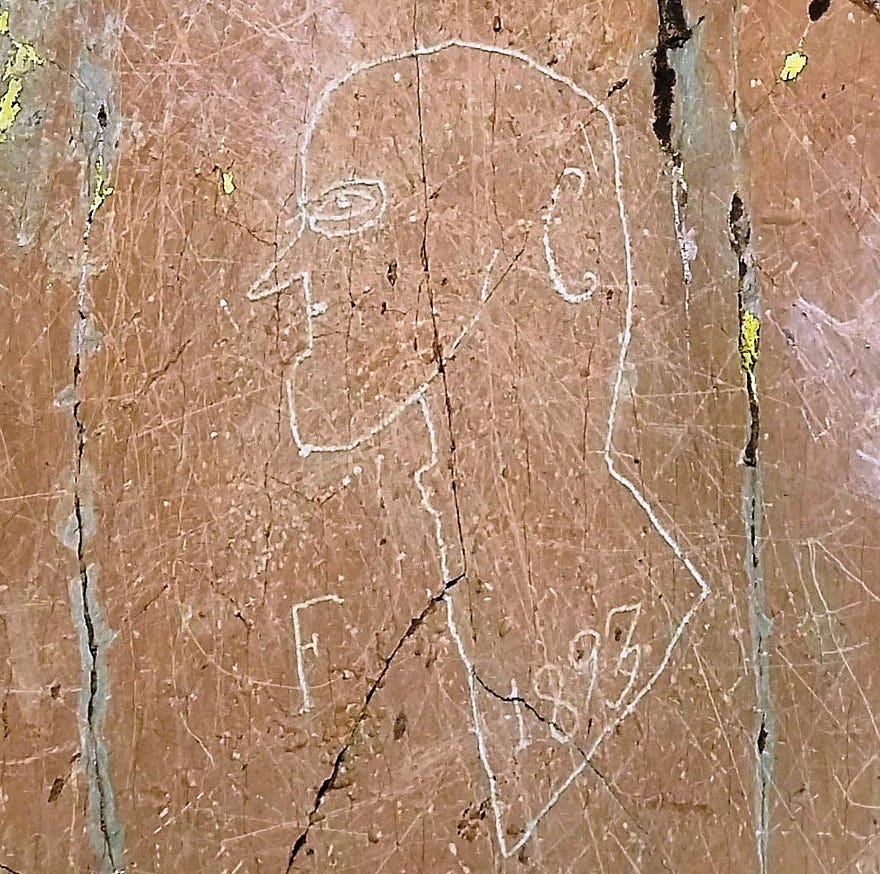
We saw two houses with French flags flying. Jean-Claude said that this was most unusual and reflected the rise of Marine Le Pen and the National Front.

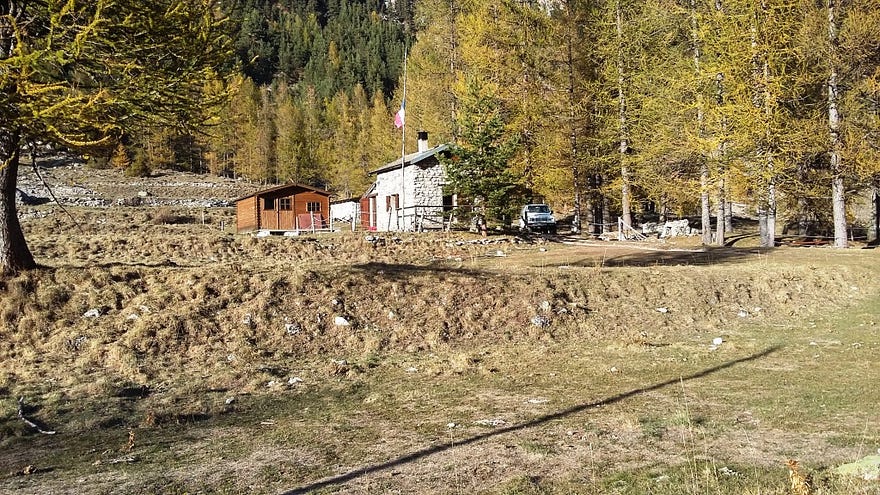
La Vallée des Merveilles is only one of the attractions of the vast Mercantour National Park. Overall, the Mercantour National Park is an area of great biodiversity. It contains many rare species that were common in the Ice Ages but have now declined elsewhere in France.
Unlike national parks in New Zealand, Mercantour National Park also contains sizeable human populations, in picturesque hillside villages known as ‘perched villages’. Mercantour is popular with the French but seems hardly to be visited at all by English-speaking tourists. It is, in that sense, off the beaten track of Anglophone tourism despite its proximity to the Riviera!
Here is my Amazon author page. I’m also publishing my books, progressively, on other platforms.
Subscribe to our mailing list to receive free giveaways!